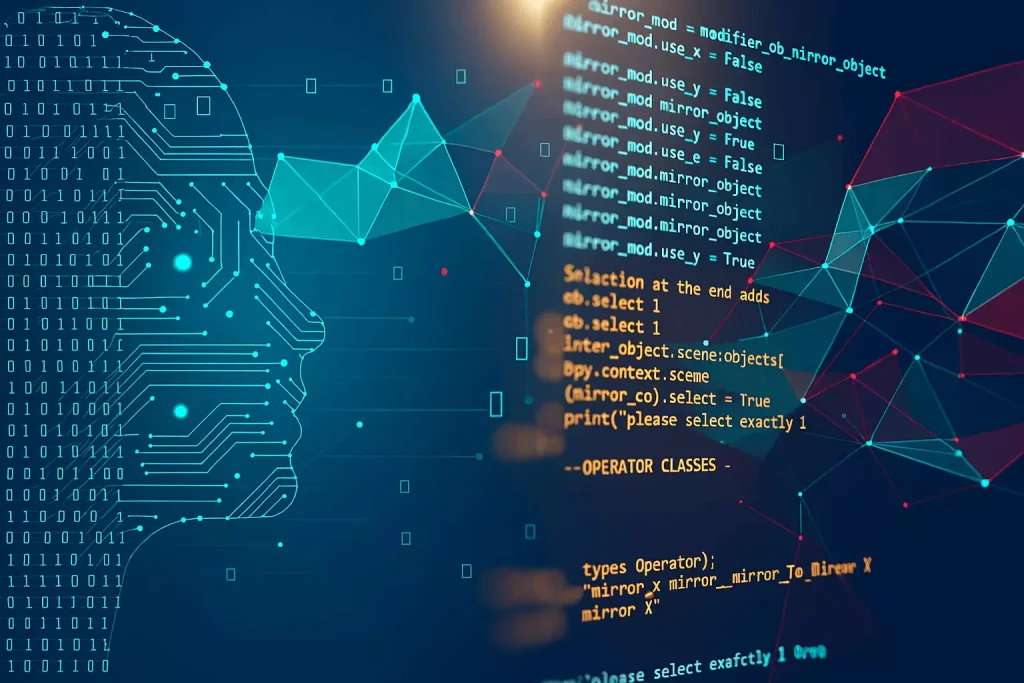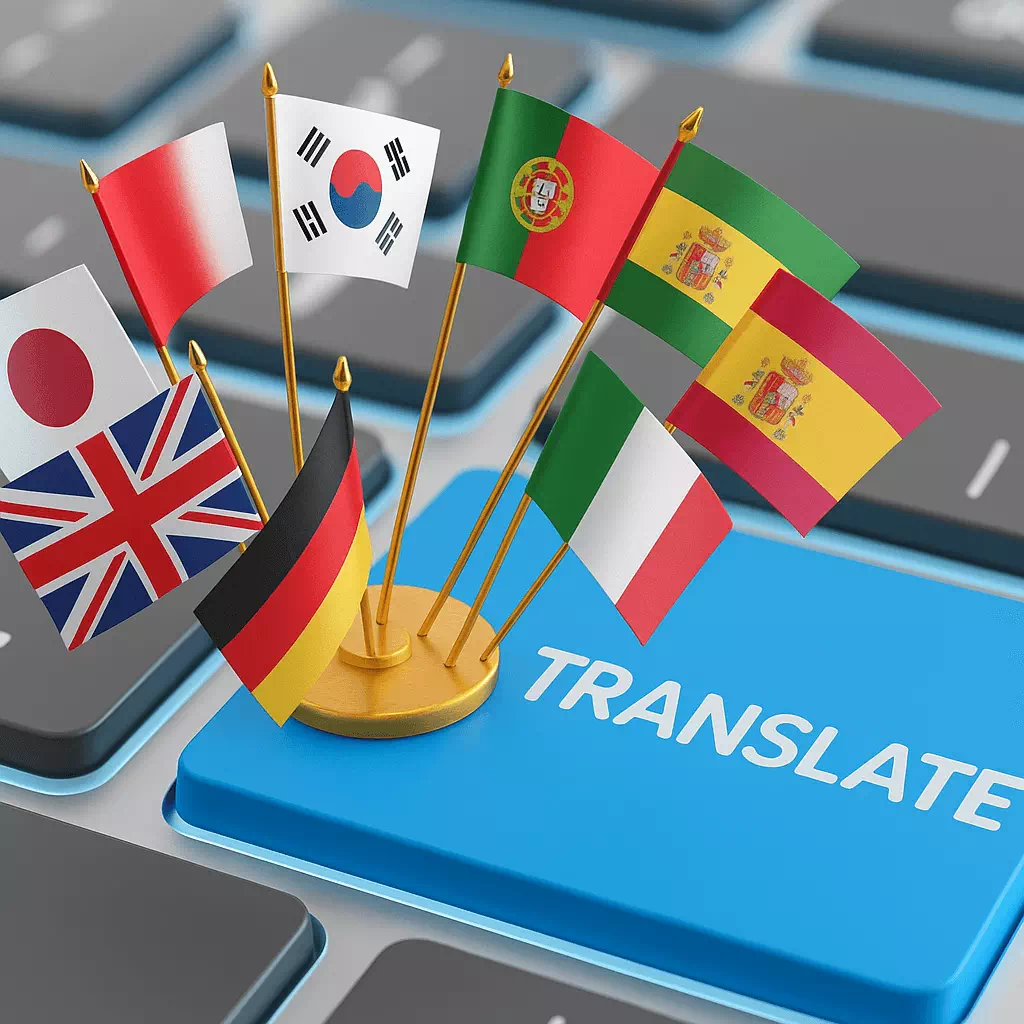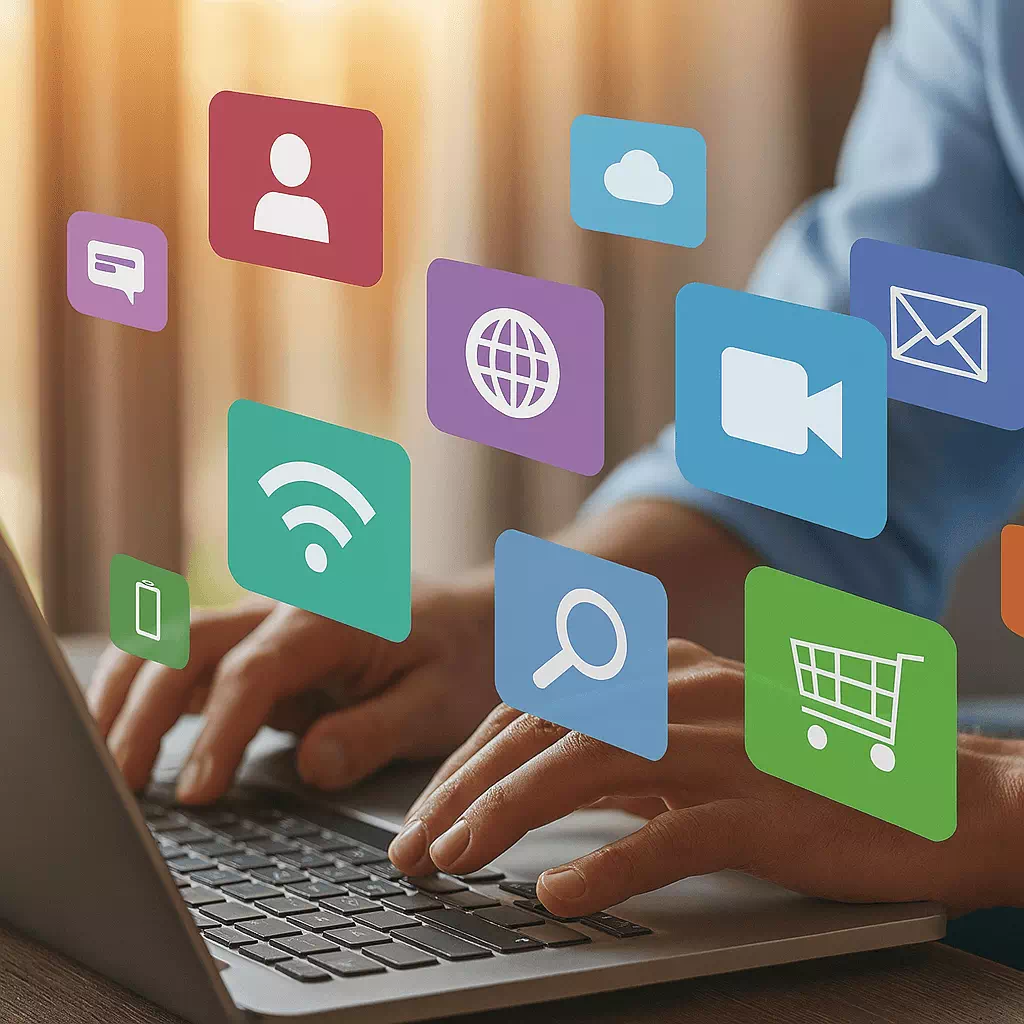In today’s fast-paced, hyper-connected digital landscape, brands are no longer confined to communicating within the boundaries of a single language. Reaching diverse audiences means connecting across cultures, dialects, and preferences. As bilingual and multilingual markets continue to grow globally, marketing strategies must adapt to meet this rising demand for inclusivity. Artificial intelligence now plays a pivotal role in streamlining and enhancing the effectiveness of bilingual marketing campaigns.
Whether a company is expanding into a new region or refining engagement within its existing multicultural customer base, Ai offers a toolbox of capabilities that make bilingual outreach smarter, faster, and more impactful. From translation to audience segmentation, campaign localization to behavioral analytics, artificial intelligence is revolutionizing how businesses communicate across language barriers.
This transformation is particularly significant for platforms like PNCAi, which combine Ai-driven tools with human-in-the-loop precision to deliver scalable and culturally aware marketing support. Let’s explore how Ai is powering bilingual marketing campaigns and why it is becoming a strategic imperative for brands worldwide.
Why Bilingual Marketing Demands Strategic Precision
Creating an effective bilingual marketing campaign is not simply about translating text from one language to another. It involves understanding cultural nuance, linguistic tone, consumer behavior, and context-specific messaging. Brands must ensure that their content resonates equally across both language groups, which often means developing parallel campaigns tailored to each audience’s unique values and expectations.
Traditionally, this process has been labor-intensive and expensive. Marketing teams would need to hire translators, regional consultants, and localization experts, sometimes resulting in slower time to market and inconsistent brand voice. As businesses scale, maintaining bilingual consistency and relevance becomes even more difficult.
This is where Ai introduces a new dimension of efficiency. Ai-powered platforms can rapidly analyze content, understand language structure, and automate large-scale translation and localization efforts. But its capabilities go well beyond simple linguistic conversion.
Scaling Language Adaptation with Machine Intelligence

Modern artificial intelligence platforms are built on large language models capable of understanding and producing human-like language. These systems are trained across a multitude of languages, dialects, and regional contexts. When applied to bilingual marketing, they offer real-time translation services that maintain context and tone while preserving the brand’s message integrity.
Localization engines powered by Ai can adjust messaging based on cultural expectations, idiomatic expressions, and region-specific details. For example, a clothing retailer targeting English and Spanish-speaking audiences can automatically tailor campaigns to highlight local fashion trends, seasonal references, or pricing formats relevant to each group.
Rather than relying on manual translation, marketing teams can now use Ai tools to instantly convert and adapt content while applying linguistic accuracy checks. This allows for faster campaign rollout and real-time iteration, which are essential in dynamic digital marketing environments.
Cultural Fluency through Automated Localization
One of the less visible but highly impactful aspects of Ai in bilingual marketing is sentiment analysis. This refers to the ability of Ai to gauge the emotional tone of written content. Sentiment analysis tools can evaluate both the original and translated versions of a message to ensure consistency in tone and emotional impact.
This is crucial when brands want to evoke a particular feeling, whether excitement, trust, urgency, or compassion, across different languages. Ai helps detect mismatches in tone that may arise during translation and flags them for correction or optimization.
Additionally, Ai can suggest tone adjustments based on platform or audience behavior. For instance, a more playful tone may perform better on social media, while a formal approach might suit email campaigns. This helps maintain brand voice while improving engagement across all channels.
Matching Emotional Tone Across Languages with Ai

Artificial intelligence ensures that bilingual content retains its intended tone and sentiment. Through natural language processing and emotional intelligence modeling, Ai can assess whether humor, urgency, warmth, or authority is being conveyed appropriately in both languages.
This eliminates the common issue of bland or tone-deaf translations that fall flat with multicultural audiences. Ai tools enable real-time checks and predictive suggestions, allowing marketing teams to fine-tune content before it reaches the public eye.
When tone is aligned across all versions of a campaign, it enhances credibility and emotional connection, both of which are essential in driving consumer loyalty.
Unifying Diverse Audiences with Smart Segmentation
Another major advantage Ai brings to bilingual marketing is its ability to analyze large volumes of multilingual data for customer segmentation. Ai systems can categorize audiences based on language preferences, location, browsing behavior, purchasing patterns, and engagement history.
By applying machine learning algorithms, marketers can create precise audience personas and tailor messaging strategies accordingly. This segmentation enables more targeted campaigns that speak directly to the interests and language needs of specific consumer groups.
For bilingual or multicultural markets, this granularity makes a huge difference. Instead of creating generic content that may appeal to neither audience, Ai empowers marketers to deliver relevant and timely messages that feel personalized to each group.
Enhancing Multimedia for Multilingual Consumption

Language isn’t just written or spoken, it’s visual and auditory too. Ai-driven tools are now being used to adapt voiceovers, video subtitles, and graphic text to bilingual formats. These tools automate the replacement of text in images, generate lip-synced voiceovers in multiple languages, and create bilingual visual assets that look professionally produced.
Such capabilities are particularly beneficial for social media content, YouTube ads, webinars, and brand storytelling videos. Instead of producing multiple versions manually, marketers can create one core asset and use Ai to generate parallel versions for bilingual consumption.
Tools like text-to-speech Ai and deep voice cloning allow brands to keep the same voice actor while changing the language, which preserves continuity and trust across campaigns.
Driving Personalized Journeys in Multiple Languages
Personalization is at the core of successful digital marketing. Customers now expect brands to speak directly to them, not just in their preferred language but in ways that align with their behaviors and interests.
Ai personalization engines monitor user data and interactions to deliver customized experiences in real time. These engines adapt content dynamically, showing different headlines, call-to-actions, or offers based on the user’s language setting and prior engagement.
In a bilingual marketing scenario, this means a user browsing a product catalog in English and another user browsing in Spanish may both see different descriptions, promotions, or testimonials tailored to their language and cultural context. This leads to better engagement, lower bounce rates, and higher conversion.
Boosting Performance While Managing Costs

A major benefit of using Ai for bilingual campaigns is its cost-effectiveness. By reducing reliance on human translation and localization teams, businesses can deploy campaigns faster and at scale. Ai reduces the risk of costly errors, missed deadlines, or poorly translated content that might alienate audiences.
In addition, because Ai tools often come with built-in analytics, marketers can measure campaign performance in real time across different language segments. This allows for fast pivots, A/B testing, and ROI optimization, without waiting on long feedback loops.
Companies like PNCAi specialize in combining Ai’s automation power with human oversight. This hybrid model ensures that campaigns maintain cultural and linguistic sensitivity while benefiting from Ai’s speed and scale.
The Importance of Human-Ai Collaboration
Despite the enormous potential Ai offers, it’s important to use it responsibly in bilingual marketing. Missteps in translation or tone can harm brand reputation and lead to public backlash. Even the most sophisticated Ai can miss subtle cultural cues or fail to account for social context.
That’s why combining Ai automation with human expertise is a best practice. Human reviewers can audit translations, provide cultural feedback, and ensure content aligns with brand values. Ai can handle the repetitive and data-heavy tasks, while people provide the final layer of quality control.

Marketers must also be mindful of inclusivity when selecting Ai tools. Bias in training data can affect translation accuracy or audience segmentation. Brands should seek Ai solutions that are transparent about their language capabilities and regularly updated for diversity and fairness.
Multilingual Innovation Across Global Industries
Bilingual marketing powered by Ai is not limited to one sector. Industries from eCommerce and fintech to healthcare and travel are leveraging artificial intelligence to expand their multilingual outreach.
Retailers are launching dynamic product catalogs with bilingual descriptions and real-time customer support in multiple languages. Educational platforms are offering Ai-assisted course materials translated for different student groups. Tourism companies are creating localized content for global travelers using voice Ai and multilingual landing pages.
In each of these examples, Ai acts as a bridge between businesses and the communities they aim to serve. The result is a more inclusive, accessible, and responsive brand presence.
Looking Ahead at Ai’s Multicultural Potential
As Ai tools become more advanced, their role in bilingual marketing will only grow. We can expect more natural-sounding translations, more culturally aware campaign automation, and deeper integration across platforms. Voice Ai, in particular, is poised to reshape how businesses engage with customers in real-time across language boundaries.
Looking forward, brands that invest in Ai-powered bilingual strategies will be better equipped to navigate global markets, meet evolving consumer expectations, and maintain competitive advantage. They’ll also be able to foster greater trust and loyalty by delivering messages that feel personalized, inclusive, and relevant.
Empowering Inclusive Growth through Language Ai
Bilingual marketing is no longer an optional add-on, it’s a strategic necessity in an increasingly diverse marketplace. Artificial intelligence provides the tools to make this transformation manageable, scalable, and effective. With the right Ai infrastructure, companies can create bilingual campaigns that resonate deeply, respond quickly, and deliver measurable results.
Platforms like PNCAi lead this charge by blending cutting-edge Ai technology with human marketing insight, helping brands go further with clarity, confidence, and cultural intelligence.
If you’re ready to explore how Ai can support your bilingual or multilingual marketing goals, reach out to our team and discover how we can help you grow across languages, cultures, and continents.



